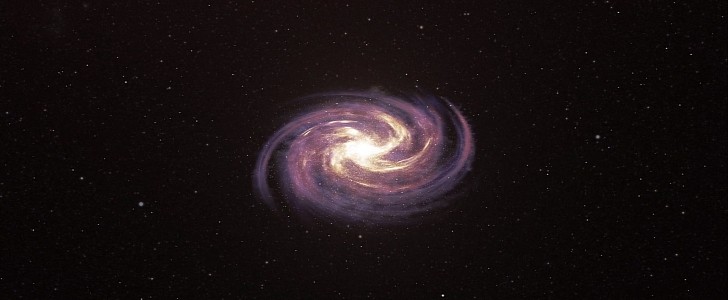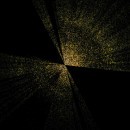Installed on the Mayall Telescope at Kitt Peak National Observatory near Tucson, Arizona, the DESI (Dark Energy Spectroscopic Instrument) has one of the most grandiose missions in human history: to create the largest 3D map of the universe. And it’s doing a great job so far, even if it’s just in its first seven months of operation, smashing through all the previous records for 3D galaxy surveys.
Managed by the Berkeley Lab and primarily funded by the DOE (Department of Energy) Office of Science, the DESI started its science survey in May 2021, delayed by the global health crisis. But even though it’s just getting started, as it is on a five-year mission, it’s already surveyed 7.5 million galaxies, which is still just a fraction of what the map will include once it is completed, hopefully in 2026. There will be more than 35 million galaxies on the final map, with some of them being 11 billion light-years away.
According to Berkeley Lab, DESI keeps cataloging galaxies at a rate of over a million a month.
DESI’s outstanding performance is no wonder, considering the technology used in developing this state-of-the-art instrument. 5,000 robotic positioners control the fiber-optic cables in DESI’s focal plane, at the top of the telescope. They are responsible for positioning the optical fibers with a stunning precision of just 10 microns (think of their thickness as being less than a human hair), and each of those robots has to be properly positioned to collect the light from galaxies that are billions of light-years away.
The 3D map of the cosmos will give us a better understanding of the past and future of the Universe, unlocking the secrets of its most powerful sources of light. In the distribution of the galaxies, there are huge clusters, filaments, and voids, representing the biggest structures in the universe. Within them, astronomers can find an imprint of the very early stages of the universe and the history of its expansion since then, as explained by Julien Guy, Berkeley Lab scientist.
You can better understand how the DESI works in the video below.
According to Berkeley Lab, DESI keeps cataloging galaxies at a rate of over a million a month.
DESI’s outstanding performance is no wonder, considering the technology used in developing this state-of-the-art instrument. 5,000 robotic positioners control the fiber-optic cables in DESI’s focal plane, at the top of the telescope. They are responsible for positioning the optical fibers with a stunning precision of just 10 microns (think of their thickness as being less than a human hair), and each of those robots has to be properly positioned to collect the light from galaxies that are billions of light-years away.
The 3D map of the cosmos will give us a better understanding of the past and future of the Universe, unlocking the secrets of its most powerful sources of light. In the distribution of the galaxies, there are huge clusters, filaments, and voids, representing the biggest structures in the universe. Within them, astronomers can find an imprint of the very early stages of the universe and the history of its expansion since then, as explained by Julien Guy, Berkeley Lab scientist.
You can better understand how the DESI works in the video below.






